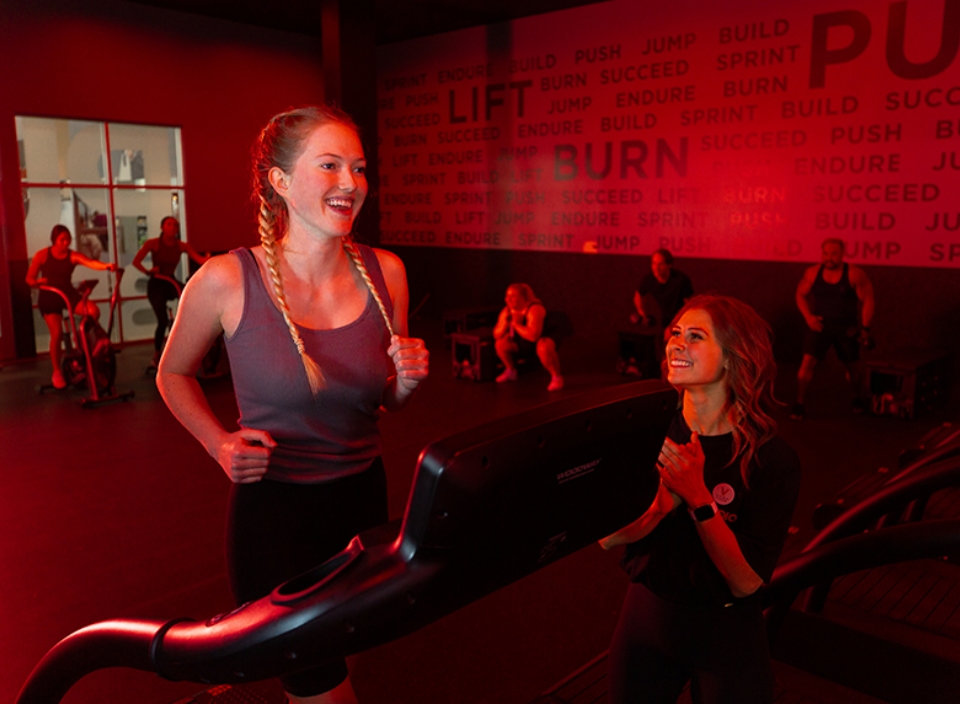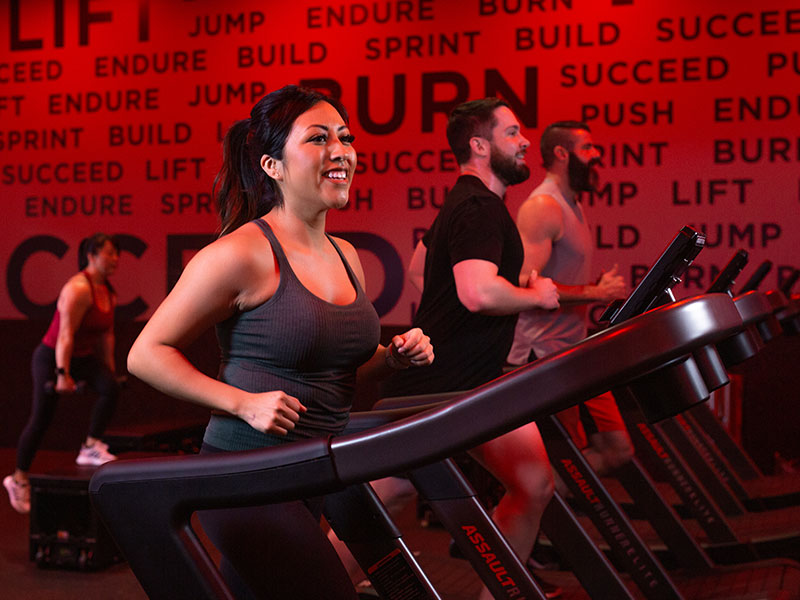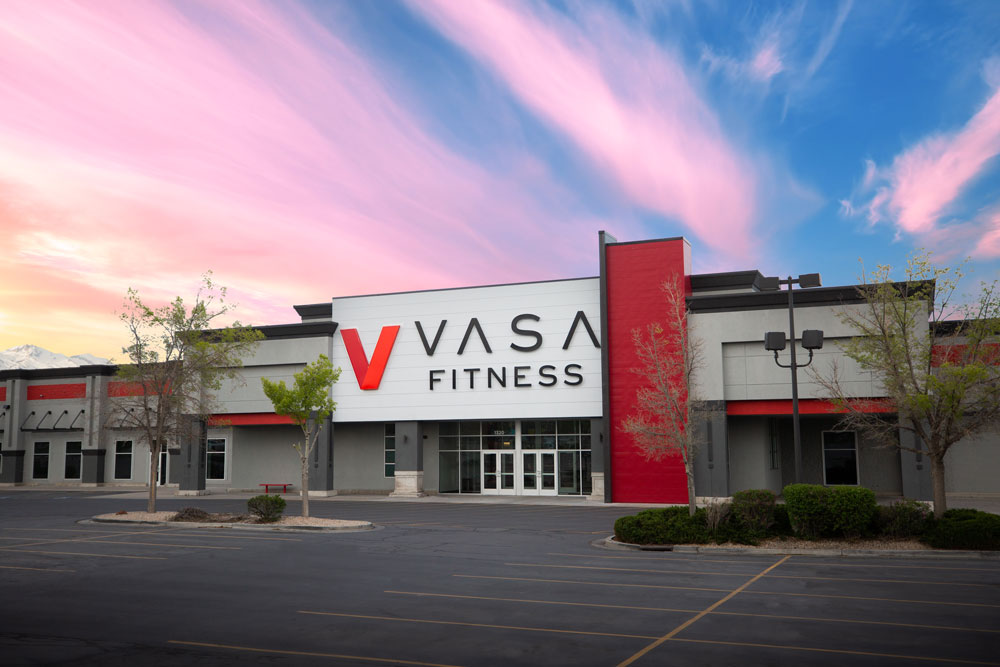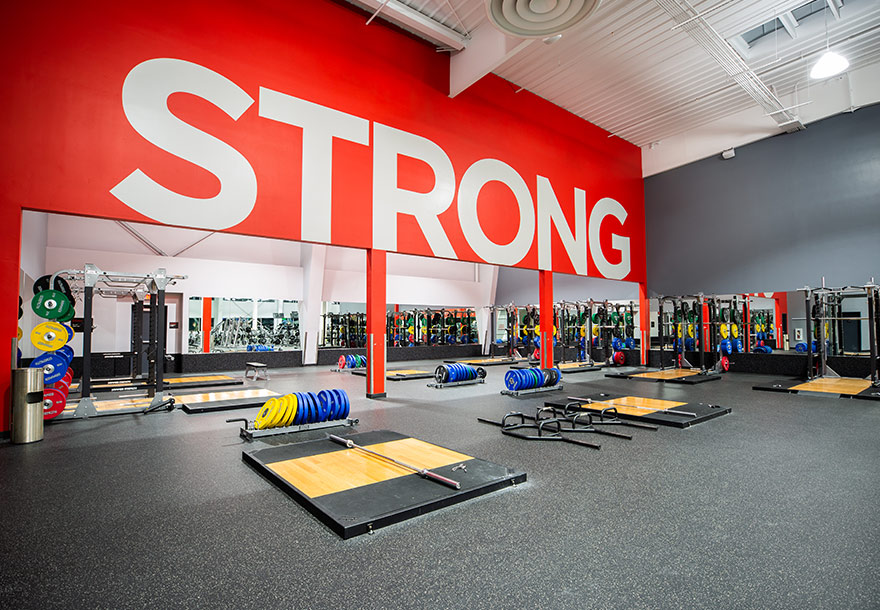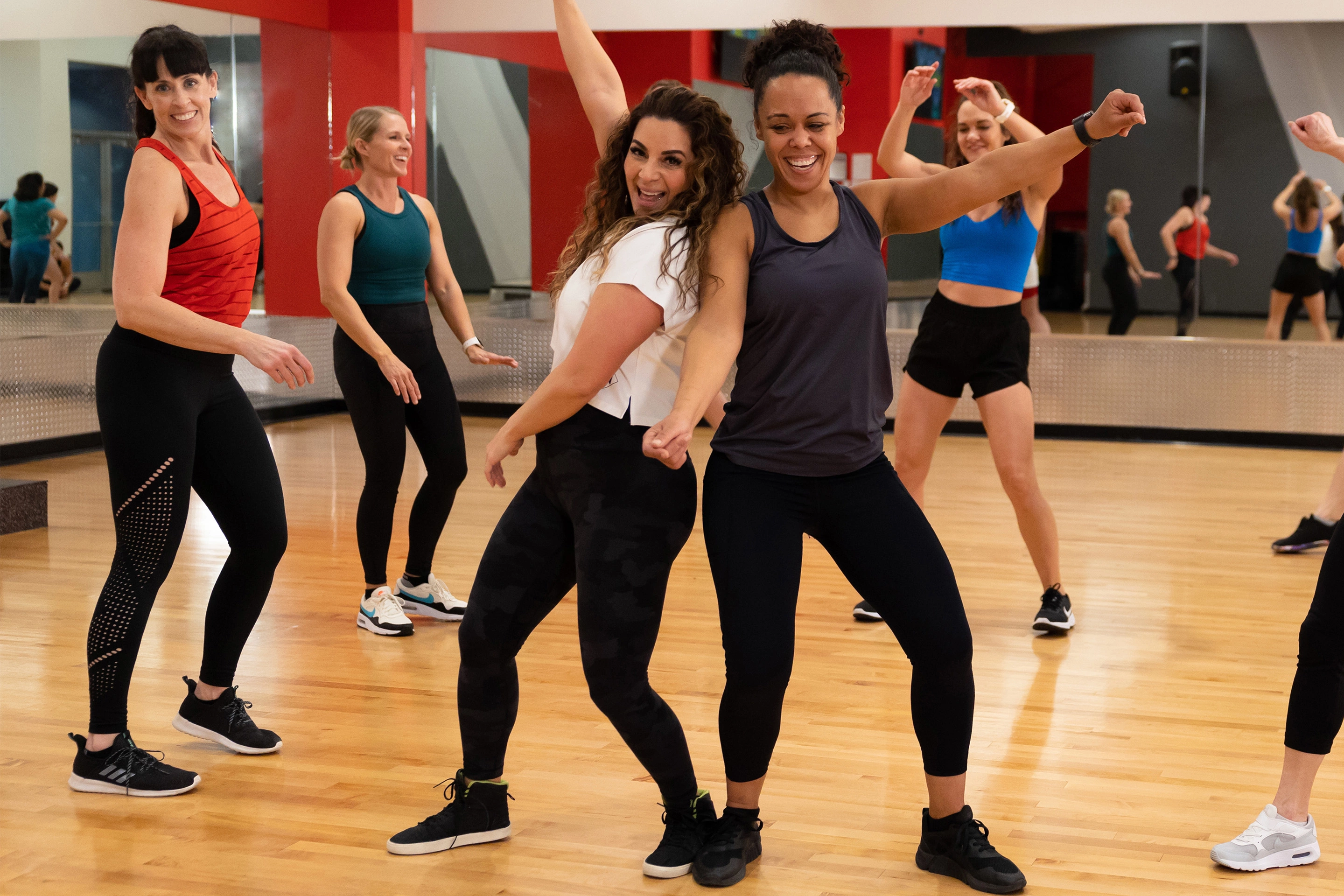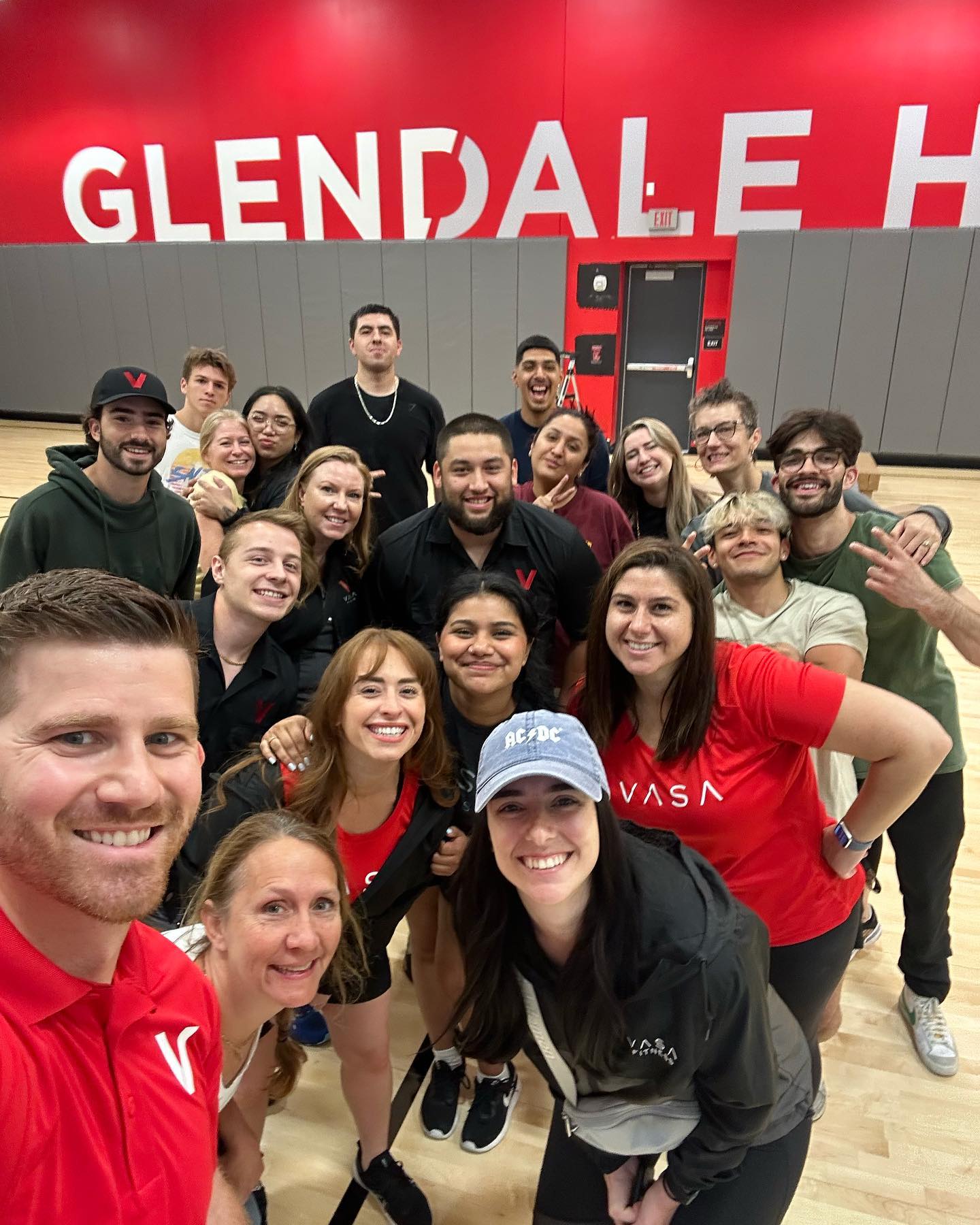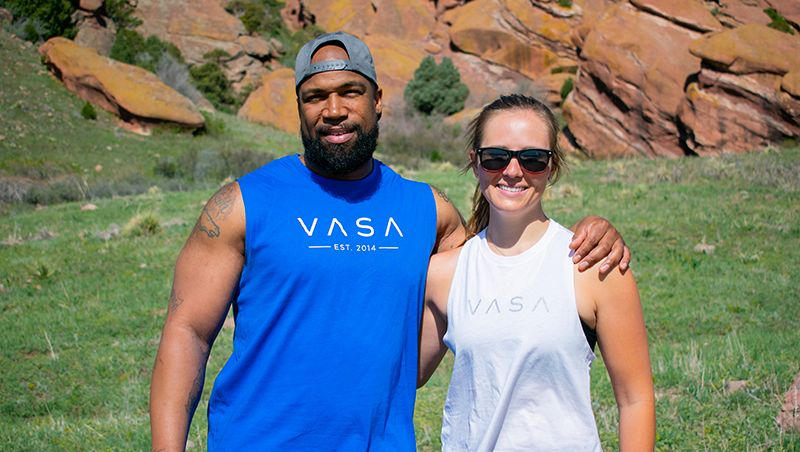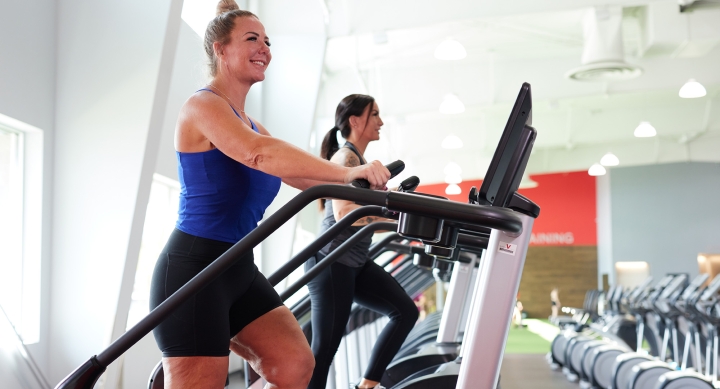Strength Training Fundamentals: Building a Solid Foundation
Strength training is one of the most popular ways to work out and is arguably the most important component of a holistic training program. Getting stronger benefits your body and mind!
Strength training challenges muscles using either bodyweight or external weight like dumbbells, barbells, machines, and other tools found in most gyms. While cardio enhances your endurance, strong muscles make everyday tasks easier to complete.
Consistency is crucial when it comes to getting stronger. Add a structured program to your workout routine and you’ll be on the path to gains. A structured program makes sure you’re training the major muscle groups in a balanced way and allows you to progress the number of reps or amount of weight you’re using over time. A good program will include big compound movements like pushes, pulls, squats, hinges, and lunges as well as a few isolation movements for the shoulders, arms, and core.
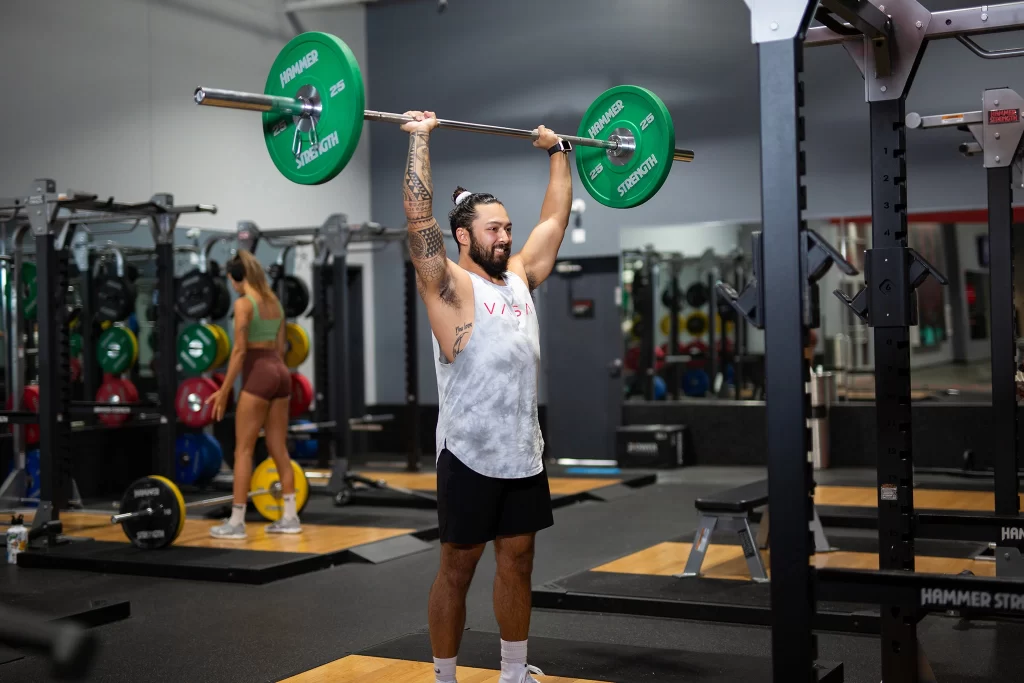
Getting Started
Before you dive into finding your one rep max (the maximum amount of weight you can lift one time), you’ll need to do a self-assessment of your fitness level. Have you been working out for a while with cardio and want to add strength training, or are you brand new to the gym and need to start somewhere?
Strength Train Two to Three Days Per Week
Those who are adding strength training to their current routine can start with two days per week of full body strength training. You might need to swap out a cardio session or two to make sure you have plenty of recovery time between sessions. Over time, you can add another strength session and layer cardio on top of some of your strength days. Ideally, you should only do enough training in the gym that you can recover from.
For gym newbies, you’re in a great spot! You can start with one to two full strength training days each week. You’ll want to do enough work that challenges you without leaving you crawling out of bed the next day.
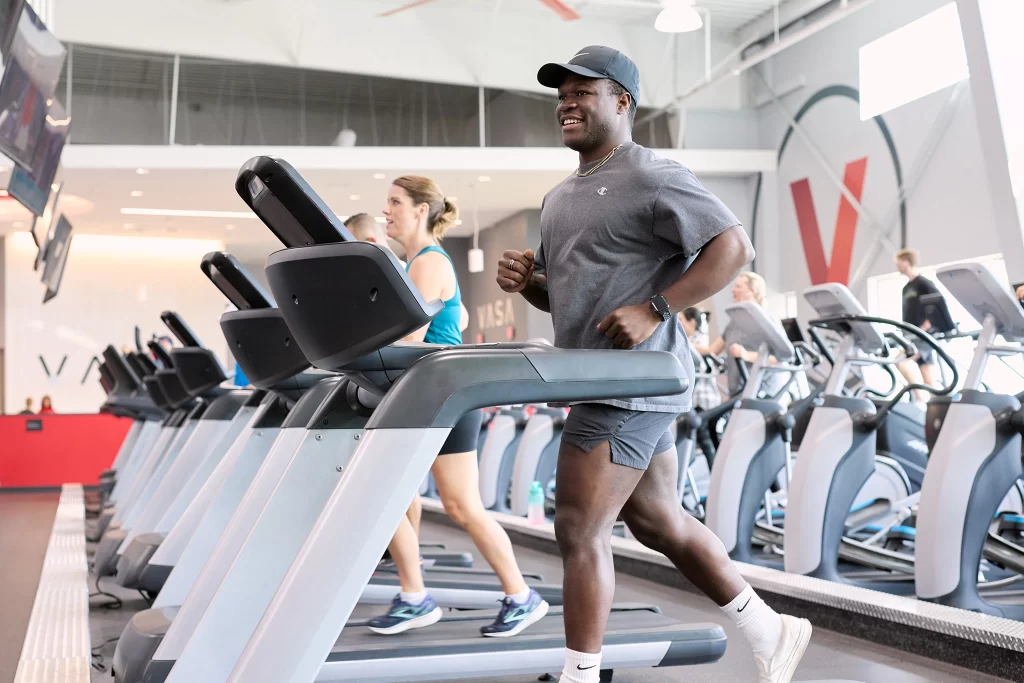
Sets and Reps
The appropriate rep and set ranges for beginner and intermediate lifters is eight to twelve reps for two to four sets. Keep in mind that doing the same weight for the same reps every time might help you at the beginning, but eventually you’ll plateau. Your body will adapt to the stress you place on it, so progressing the number of reps you do for a given exercise or the weight you use can help keep the stress at an appropriate level, so you continue making gains and seeing progress.
Rest and Recovery
While these two words may sound similar, they have slightly different meanings in the fitness world. Rest is the time you take between sets of an exercise, usually between 30 to90 seconds, depending on how hard you’re going (you’ll need longer rest if you’re working hard, and shorter rest if you’re going a bit lighter). Recovery is the time you give your body to repair itself between workouts. Recovery includes taking a walk instead of sprinting or lifting light weights to promote blood flow and facilitate muscle repair from your harder workouts.
Machines vs. Free Weights
As a beginner, the entire gym might feel a little intimidating. By design, each VASA location has a mix of equipment that should seem familiar to gym-goers of varying exercise experience. Dumbbells and kettlebells can be found in a few different places for exercises like lunges or bicep curls. Weight machines take up a large portion of the gym floor and range from lower body to upper body movements and are grouped in categories for ease of use.
Strength training machines can be used by both beginners and advanced lifters. They offer a fixed path of movement, so if you’re just starting out, the machine will help you stabilize the weight and move it through an appropriate range of motion. Most machines have picture guides or QR codes that depict how to set up the machine’s seat and, in some cases, handles to best meet the user’s body dimensions for comfort and safety.
Free weights offer the most versatility and can be used for more dynamic movements when you feel like you’re ready to try exercises like goblet squats, dumbbell shoulder presses, or dumbbell Romanian deadlifts (RDLs).
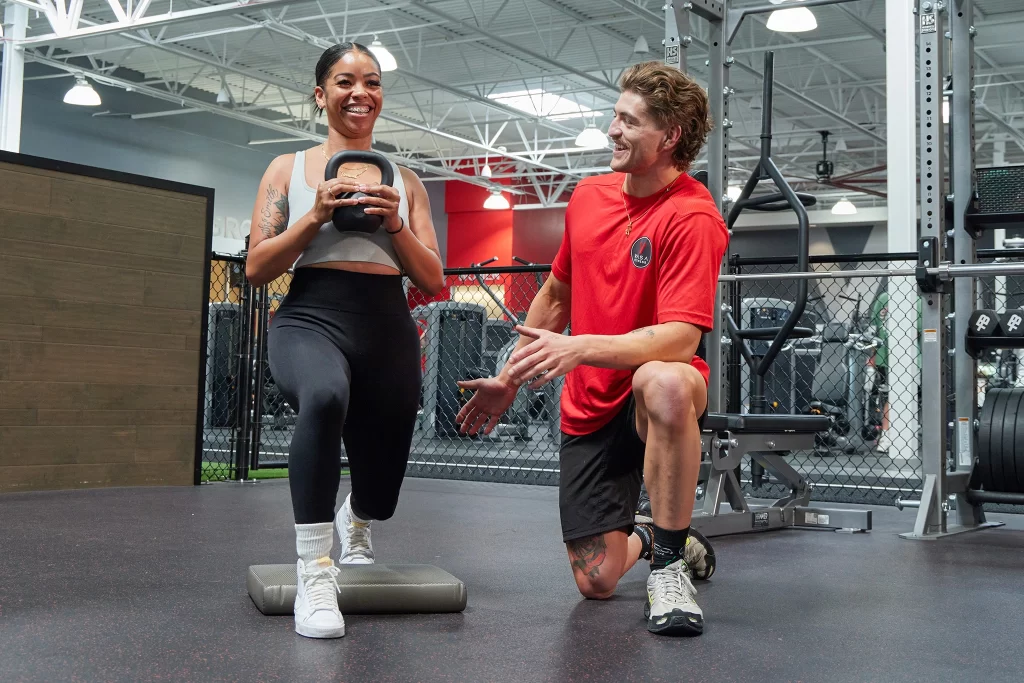
Personal Trainers
If you’re just starting out on your fitness journey and aren’t sure what your first step should be, a certified VASA Personal Trainer can help you! At VASA, the first meeting with a Personal Trainer is a consultation to determine what your personal starting point is (not a random starting point) and they will craft a personalized plan to help you meet your fitness goals. Whether you’re looking to lose fat or gain muscle, they will guide you along the way, setting you up for success with each session and provide you with homework to make sure you’re getting enough of the right foundational strength and recovery work each week.
Start With Something You’re Familiar With
Even the strongest people in the gym had a day one of strength training. You can become the best, strongest version of yourself by taking a few minutes to think about what your goals are and what pieces of equipment you’re familiar with to get started. Strength is an important quality to maintain as you age to enhance your quality of life; don’t hesitate to start a strength training program.
SUBSCRIBE TO OUR BLOG
Enter your email to start receiving our blog emails!
